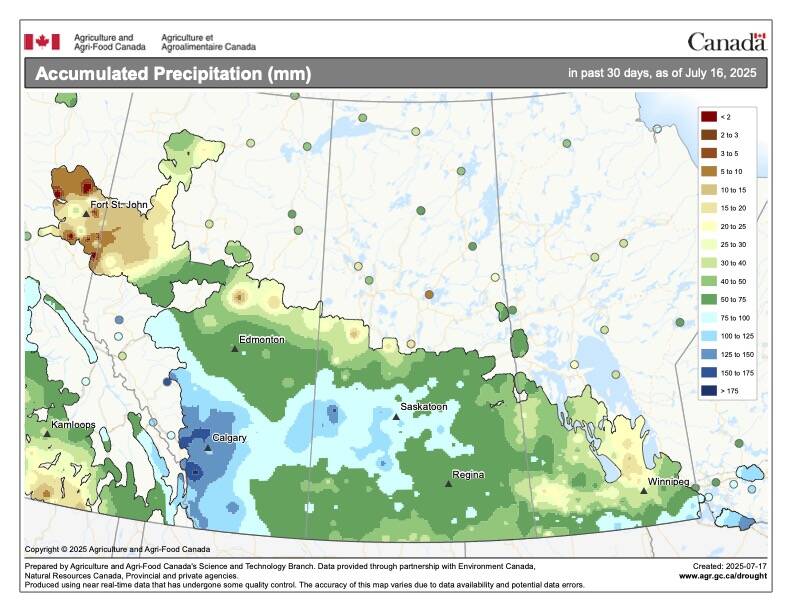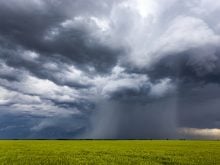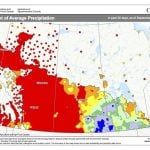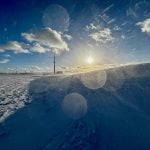As we near the mid-point of summer, and even if it has not totally felt like it lately, we are heading into peak thunderstorm season.
Over the last month or so, I have gone over atmospheric stability and instability and how this can lead to the development of thunderstorms.
We then investigated what it takes for a regular thunderstorm to become severe.
This was then followed up by us delving into the mechanisms behind the different types of severe weather associated with thunderstorms, such as hail and high winds.
Read Also
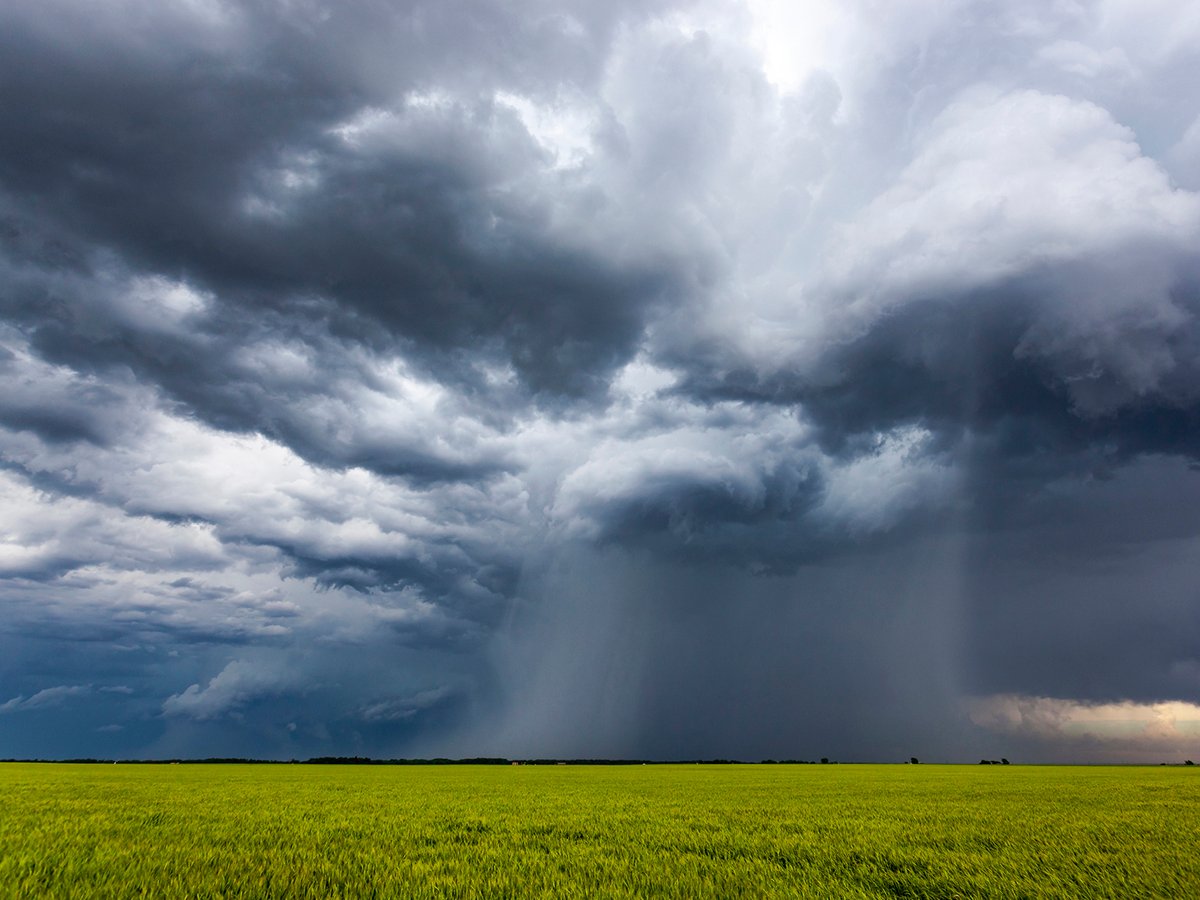
Extreme rain increases as planet warms
In this issue, we are going to wrap up our look at extreme rainfall by examining the different weather patterns that tend to be associated with these rainfall events.
Last issue we took a look at the different types of whirlwinds ranging from dust devils to tornadoes.
In this issue, we will begin our look at the most destructive, yet awesome weather event associated with thunderstorms — tornadoes.
There are several different theories of how tornadoes form. That’s right, as good as our technology is, we are still not 100 per cent sure just how tornadoes form.
The theories that we will discuss are:
super cell theory
rear-flank downdraft theory
tornado vortex theory
multiple vortex
The first two theories are kind of tied together because they both involve supercell thunderstorms. To understand them, we need to understand just what a supercell thunderstorm is.
As we already know, thunderstorms are fuelled by the presence of warm, moist air near the surface and colder air aloft.
What makes a supercell thunderstorm different from a regular thunderstorm is the ability for the storm to sustain a rotating updraft.
How these storms can rotate is a result of wind shear, or the change in wind speed and direction with height.
As a supercell thunderstorm evolves and the updraft intensifies, it draws in warm, moist air into the storm, which helps drive further storm development.
With the right type of wind shear, the updraft becomes tilted, which does two things:
It helps keep the updraft separate from the downdraft, allowing the storm to continue growing.
The tilting starts to stretch and squeeze the rotating column of air vertically, making the rotating air spin faster.
It is this stretching and squeezing of the rising rotating column of air that scientists believe leads to the development of tornadoes, but the exact mechanism is still not fully understood.
This leads to the second theory of tornado formation — a rear-flank downdraft.
As the supercell thunderstorm evolves, a region of cool, descending air develops on the backside of the storm.
This is the downdraft that all storms have, but due to the wind shear titling the storm, this downdraft does not come crashing down on the main updraft area.
Instead, this downdraft is able to interact with the updraft by enhancing the low-level inflow and rotation, which in turn can then be pulled up into the updraft of the supercell, leading to increased likelihood of the formation of a tornado.
That’s all the room I have for this issue. Next week we will wrap up our look at tornadoes by examining the final two theories.


